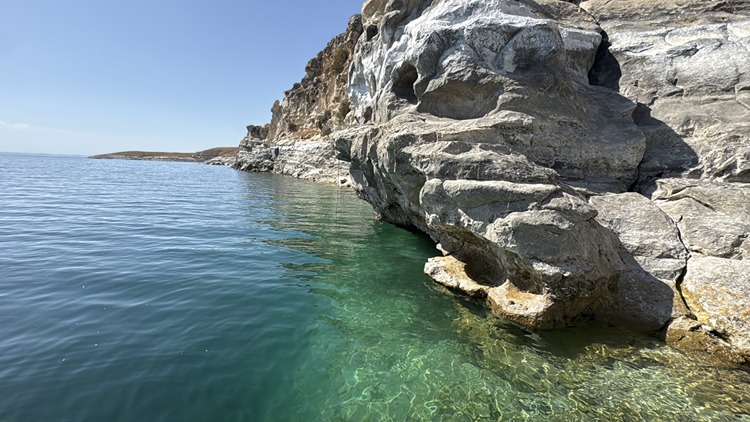
12,000-Year-Old Underwater Rock Paintings Discovered Beneath Atatürk Dam in Southeastern Türkiye
Underwater engravings reveal traces of prehistoric life in Southeastern Türkiye
Archaeologists in Türkiye have documented rock engravings dating back more than 12,000 years beneath the waters of the Atatürk Dam in Adıyaman Province — a discovery shedding new light on the prehistoric communities that once lived along the Euphrates basin.
The engravings, believed to belong to the Paleolithic or Epipaleolithic period, were first noticed by local fishermen eight years ago, during a drought that exposed the ancient rock surface. This year, as water levels rose again, researchers from the Adıyaman Museum Directorate conducted an underwater inspection to reassess the condition of the site.
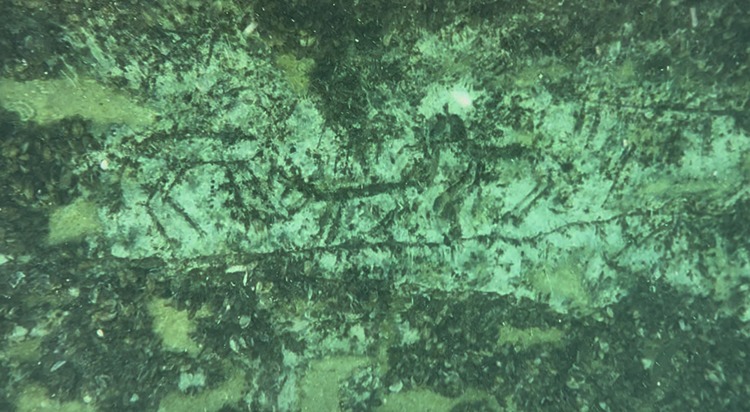
Museum Director Mehmet Alkan said that while visibility was limited, the team succeeded in recording parts of the engravings with specialized underwater cameras.
“The surfaces are now covered with mussel shells, which makes clear imaging difficult,” Alkan explained. “We plan to carefully clean and document the site in the coming months and create a full-scale replica for the museum.”
A 12,000-Year-Old Hunting Scene Beneath the Water
Recent analysis indicates that some of the motifs could date back as far as 12,000 years ago, to the terminal Paleolithic or early Neolithic period. The long panel — measuring roughly 8 meters in length and 70 centimeters in height — depicts a vivid hunting scene composed of stylized human and animal figures.
Among the identifiable species are mountain goats, horses, wolves, foxes, and storks, carved in dynamic poses that suggest movement and interaction. Archaeologists interpret the composition as a narrative scene, possibly representing ritualized hunting or communal storytelling — an early example of symbolic expression that predates written communication.
Echoes from the Stone Age Beneath the Dam
Before the construction of the Atatürk Dam in the late 20th century, the area formed part of a prehistoric landscape rich in caves and open-air sanctuaries. The engravings — depicting stylized human figures and animals — likely served as symbolic or ritual expressions of early hunter-gatherer groups living near the Euphrates.
📣 Our WhatsApp channel is now LIVE! Stay up-to-date with the latest news and updates, just click here to follow us on WhatsApp and never miss a thing!!
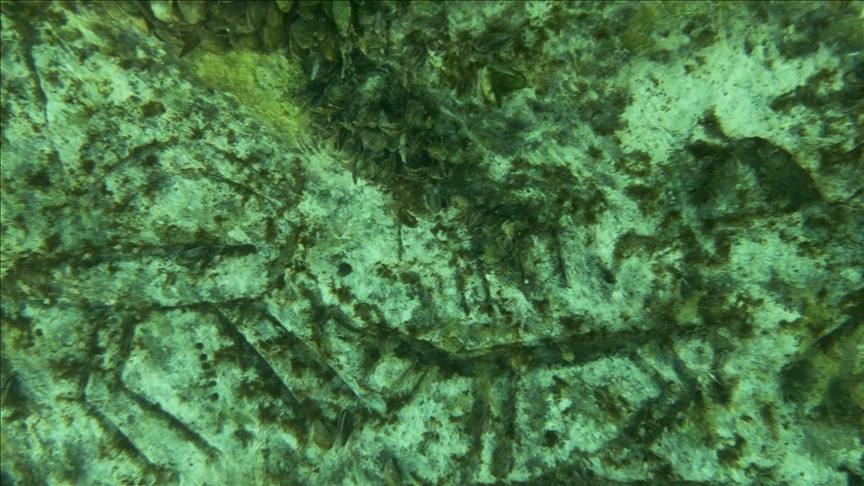
Experts note that similar rock art traditions appear in Batman, Şanlıurfa, and Mardin, suggesting a cultural continuity across Upper Mesopotamia. The discovery at Adıyaman adds another piece to the broader picture of how Paleolithic communities interacted with their environment long before the rise of agriculture and urban life.
Preserving Submerged Heritage
The Atatürk Dam, one of the largest reservoirs in Türkiye, has submerged hundreds of archaeological sites over the past decades. Conservationists now emphasize the importance of digital recording, 3D scanning, and photogrammetry to preserve submerged cultural heritage threatened by sedimentation and biological growth.
According to museum officials, these technologies will allow researchers to virtually reconstruct the engravings and make them accessible to the public, ensuring that this rare window into Türkiye’s prehistoric past is not lost beneath the waters.
You may also like
- A 1700-year-old statue of Pan unearthed during the excavations at Polyeuktos in İstanbul
- The granary was found in the ancient city of Sebaste, founded by the first Roman emperor Augustus
- Donalar Kale Kapı Rock Tomb or Donalar Rock Tomb
- Theater emerges as works continue in ancient city of Perinthos
- Urartian King Argishti’s bronze shield revealed the name of an unknown country
- The religious center of Lycia, the ancient city of Letoon
- Who were the Luwians?
- A new study brings a fresh perspective on the Anatolian origin of the Indo-European languages
- Perhaps the oldest thermal treatment center in the world, which has been in continuous use for 2000 years -Basilica Therma Roman Bath or King’s Daughter-
- The largest synagogue of the ancient world, located in the ancient city of Sardis, is being restored

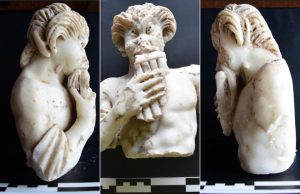
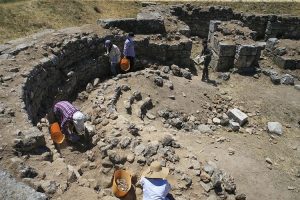
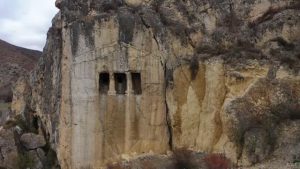
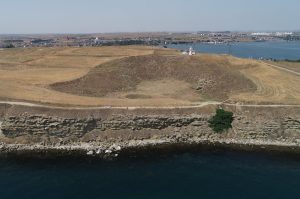
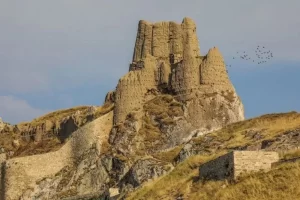
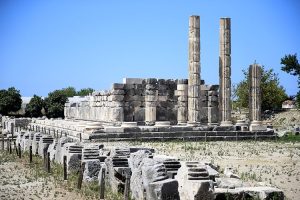


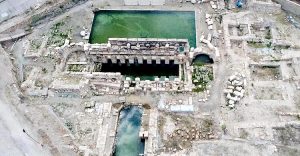
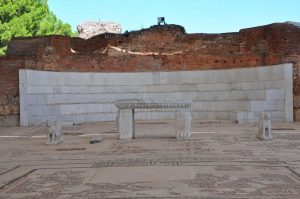
Leave a Reply